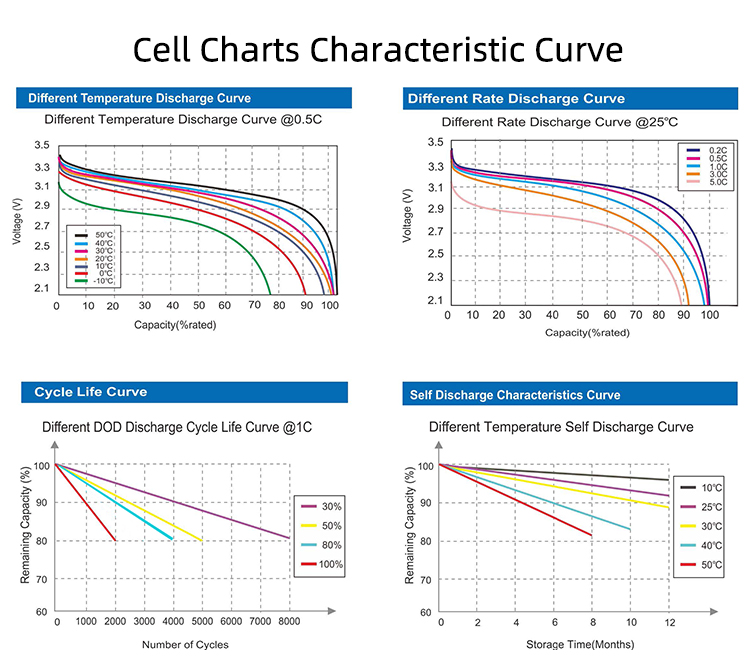I don't trust the so called reviews online, but I generally do trust the recommendations and opinions posted here.
I have a 2015 E-Z Go that will be in need of new 12 volt batteries soon. Local dealer only sells Trojan. Priced $215 each, so I'm looking at $1,100. I'm open to Lithium, but don't know if the benefits outweigh the additional costs.
Any suggestions? Thanks....
I have a 2015 E-Z Go that will be in need of new 12 volt batteries soon. Local dealer only sells Trojan. Priced $215 each, so I'm looking at $1,100. I'm open to Lithium, but don't know if the benefits outweigh the additional costs.
Any suggestions? Thanks....

